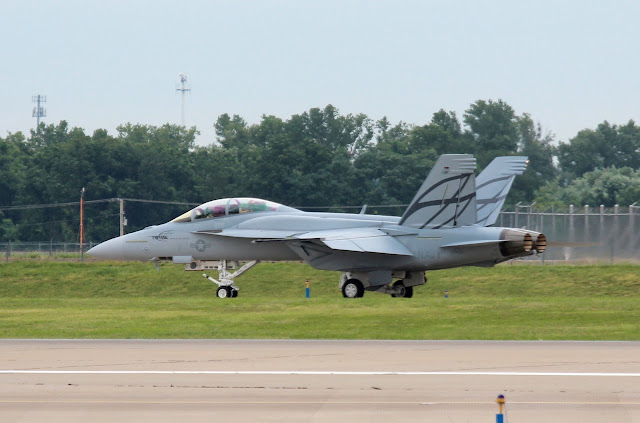Read the article about the CFT's here.
Someone has to get the balls to ask. What do we need Naval Aviation to do? Long loiter time while performing CAP missions to protect the Fleet? Long loiter time to provide Close Air Support for Marines and other ground forces? Deep strike missions against enemy installations??????
If you have the integrity to ask those questions then the next thing that must be asked is quite simple. Does the F-35 provide enough value to justify cutting the Marine Corps down to 150,000? Does it justify another decade or two driving a 50 year old Amphibious Assault Vehicle?
I'm just asking.
NavAir is sitting back, chilled the fuck out...laughing its ass off at the Marine Corps and Air Force.
